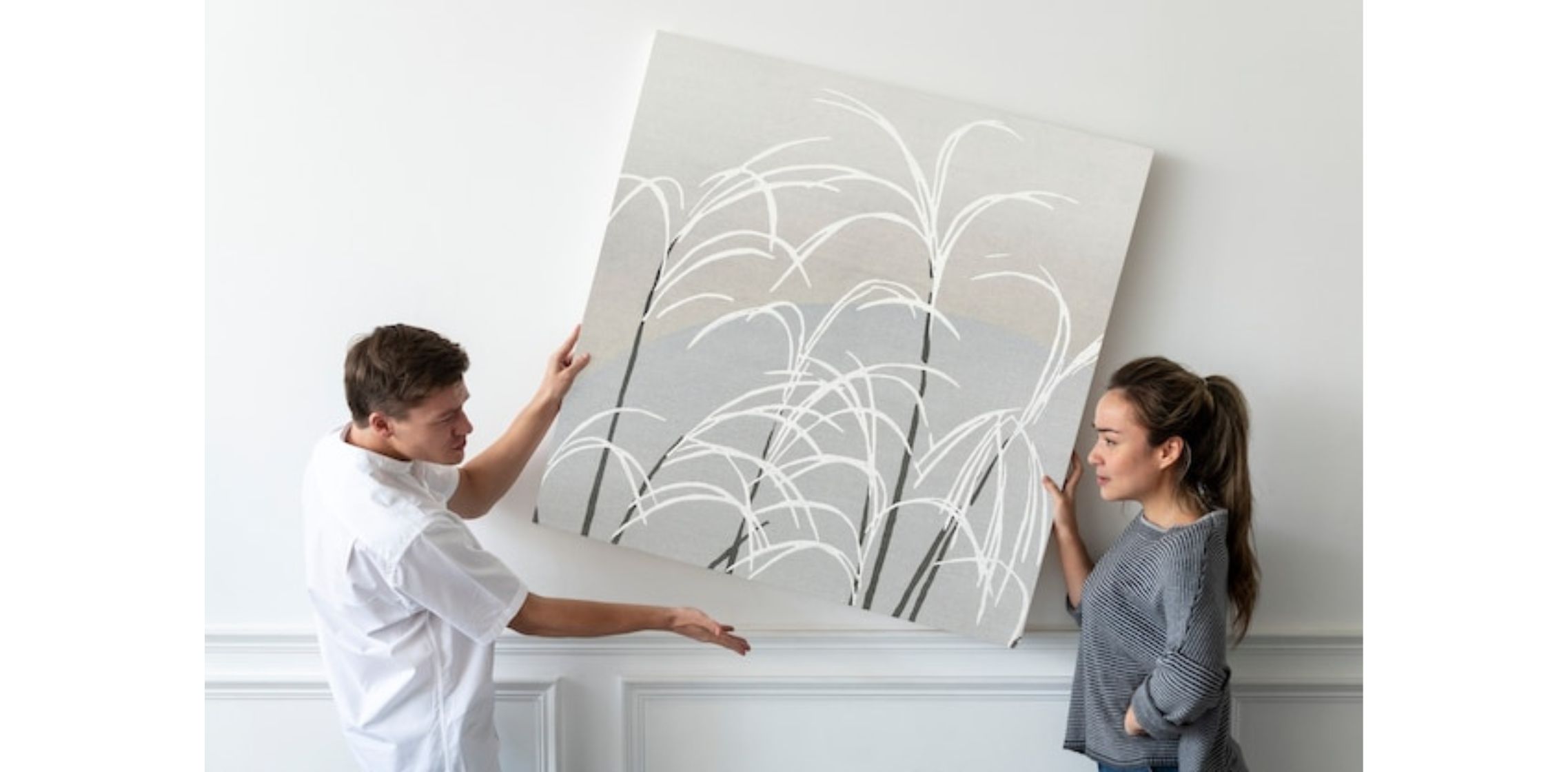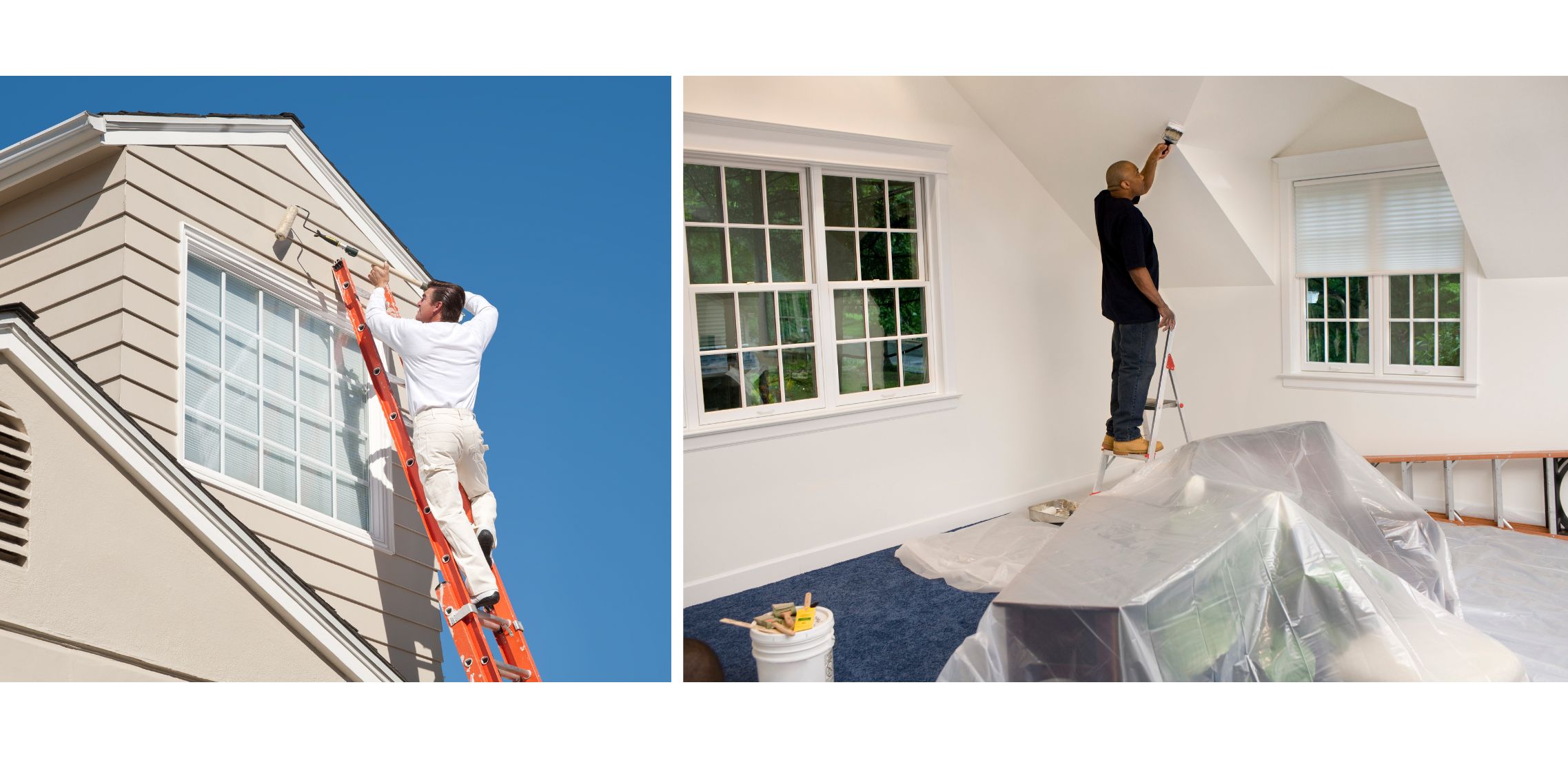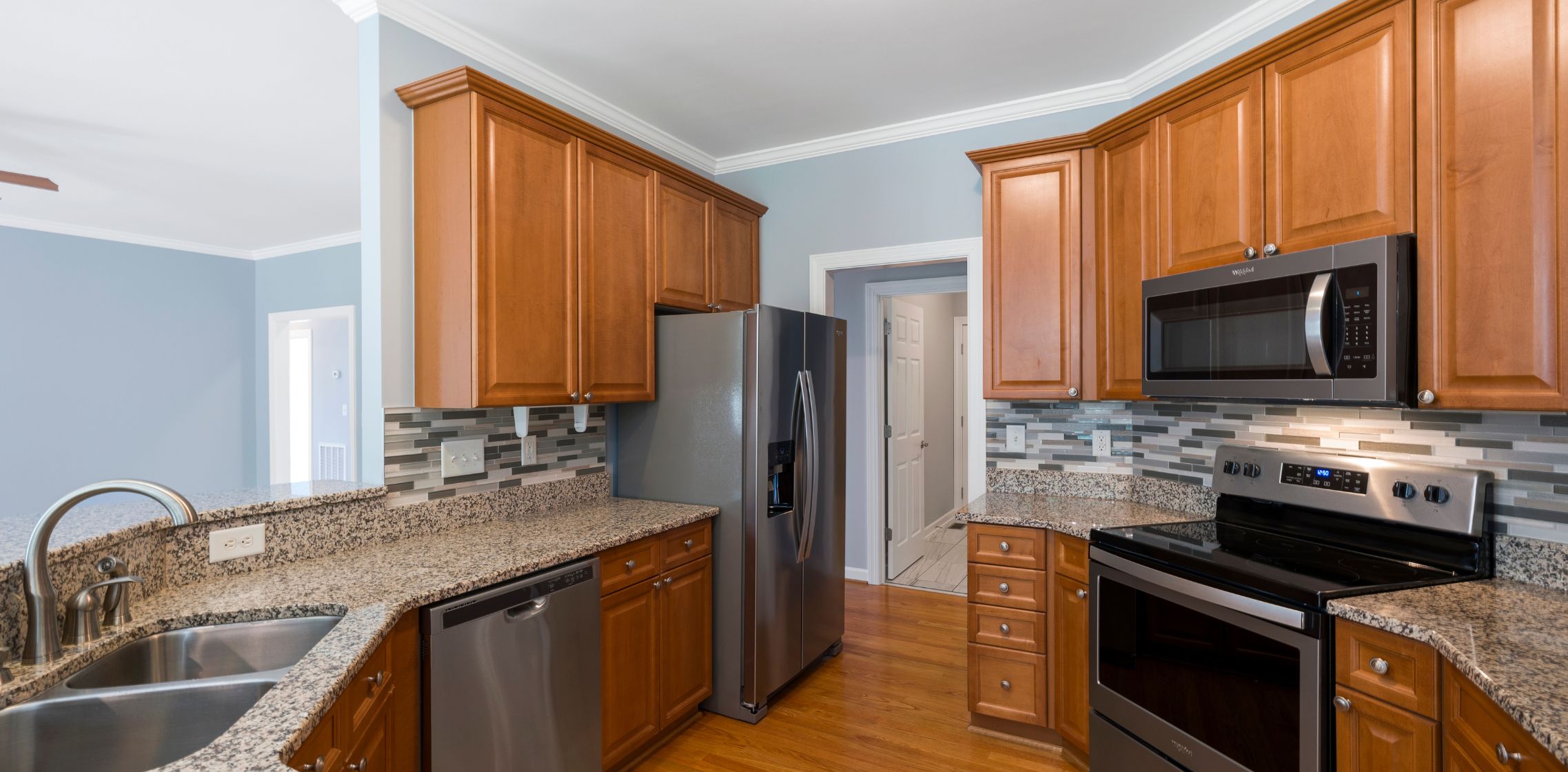What Sheen Should You Choose for Interior Painting?
When it comes to interior painting, selecting the right sheen can make a significant difference in the overall appearance and durability of your walls.
With various options available, it’s important to understand the different sheen levels and their suitability for different areas of your home. In this blog post, we will explore the topic of sheen selection for interior painting to help you make an informed decision.
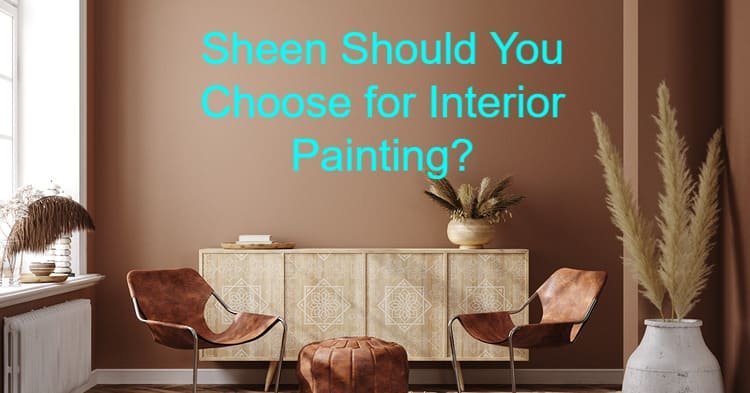
Understanding Sheen
Sheen refers to the level of shine or reflectivity of a paint finish. Different sheens offer varying levels of durability, washability, and visual appeal. Let’s take a closer look at the common sheen options and where they are best suited within your home.
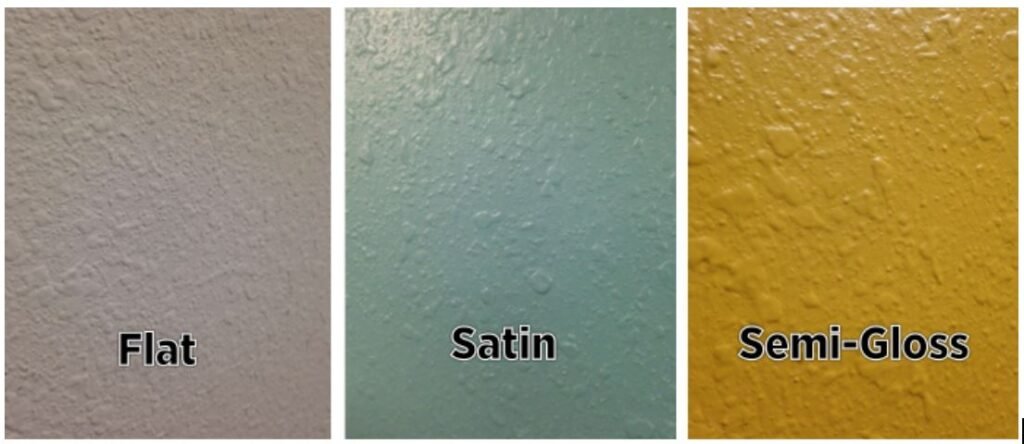
High Gloss and Gloss
High gloss and gloss finishes are the shiniest options available and are ideal for areas that require frequent cleaning and are exposed to high traffic. These include doors, baseboards, trim, cabinets, and woodwork.
The glossy finish makes these surfaces more resistant to stains and easier to clean. However, it’s worth noting that gloss finishes tend to highlight wall imperfections due to their reflective nature, so they are not typically recommended for painting interior walls.
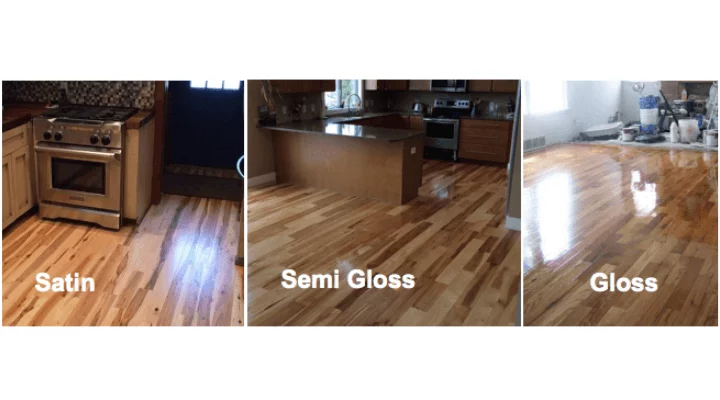
Satin
Satin sheen strikes a balance between a low sheen and a higher gloss. It offers a subtle luster and is a popular choice for both walls and trim.
Satin finishes are known for their durability and washability, making them suitable for areas that require regular cleaning, such as hallways, bedrooms, bathrooms, and kitchens. Satin sheen provides a monochromatic look when used on both walls and trim.
Eggshell
Eggshell sheen is a versatile option that strikes a balance between durability and aesthetic appeal. It has a slight sheen that adds depth to the walls without being overly shiny.
Eggshell is a popular choice for interior walls as it can easily conceal minor imperfections while still being easy to clean. It is commonly used in bedrooms, dining rooms, and living rooms, where there is medium to low traffic.
Flat/Matte
Flat or matte finishes have the lowest level of sheen, offering a non-reflective appearance. These finishes are great for hiding surface imperfections and are typically used on ceilings or walls with blemishes.
Flat finishes are not as washable as higher sheens and are best suited for areas with low traffic that don’t require frequent cleaning. They provide a smooth and uniform look, especially on ceilings, where slight inconsistencies can be more noticeable.
Choosing the Right Sheen
When deciding on the appropriate sheen for your interior painting project, consider the following factors:
- Traffic and Use: Determine the level of activity and potential for wear and tear in the area you’re painting. High gloss and gloss finishes are suitable for high-traffic areas, while lower sheens like satin or eggshell work well in medium to low traffic spaces.
- Desired Aesthetic: Consider the overall look and feel you want to achieve. Higher sheens provide a more polished and modern look, while lower sheens offer a more subtle and traditional appearance.
- Maintenance: Evaluate your cleaning requirements. Higher sheens are generally more washable and resistant to stains, making them easier to maintain.
- Wall Condition: Assess the condition of your walls. If you have minor imperfections or blemishes, eggshell or flat/matte finishes can help hide them effectively.
Conclusion
Choosing the right sheen for your interior painting project is crucial to achieving the desired result. Consider the level of shine, durability, and maintenance requirements when selecting a sheen.
Whether you opt for a high gloss, satin, eggshell, or flat/matte finish, each sheen has its own unique advantages and suitability for different areas of your home.


